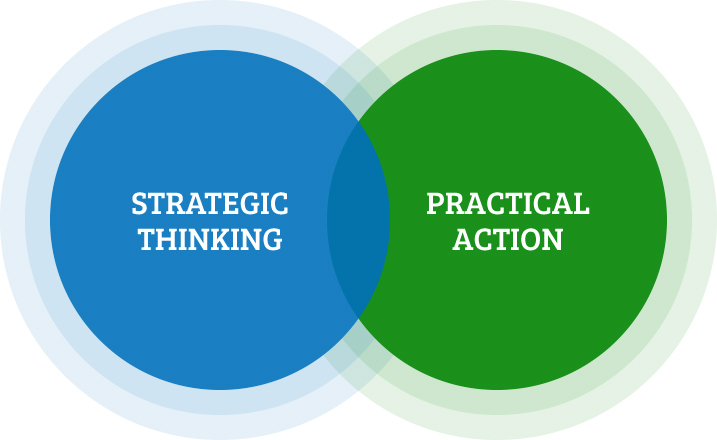We know water availability – or lack of – can make the difference between having a reasonable harvest and total crop failure
We have a strong history of rural irrigation improvement and designing, trialling and adopting innovative new approaches to water management, especially at the community level.
We consider technical, social and economic criteria during feasibility assessments including the availability of local resources and the level of support and potential ownership from water users and community members.
Our past work includes:
♦ Designing and delivering 20 low-cost irrigation structures in Bamyan Province as part of the overarching Agricultural Support Programme (ASP, 2011-17), which allowed locals to hold back water during dry spells and introduce new crops. As part of the project, we surveyed more than 150 potential sites for the small dams, all built using locally available materials. These affordable structures increased the availability and reliability of irrigated water to enable additional cropping to take place, benefitting more than 1,760 households. Communities were required to invest in the final result through manpower, time, problem solving and by contributing local resources, which helped develop a sense of ownership. We were also responsible for project enabling activities, such as negotiating access, developing community support, managing community and stakeholder relations and building capacity of the Water User Authorities that would eventually manage the structures.
♦ Overseeing the construction of a 3.6 kilometre trapezoid concrete channel in Khawal, Bamyan (also as part of the ASP), which improved water efficiency for six villages and 510 household members. The channel’s concrete turnouts allow efficient water use and its pedestrian crossing points protect the structure’s integrity. It also features 22 dedicated washpoints along the length of the canal, which were included at the suggestion of local women who saw the need for a designated spot where dishes and clothes could be washed. These washpoints also serve as social enabler as they allow women to gather in a safe place to socialise informally.
♦ Preparing the Arghandab Integrated Water Resources Project in partnership with FCG ANZDEC between 2017 and 2019, a project which aims to contribute to a more reliable and sustainable water supply and electricity service for Kandahar City’s 500,000 residents and 230,000 rural residents. This will be achieved through various means, including increasing the storage capacity of the Dahla Dam by raising its height.
♦ Redesigning the business plan for Phase II of the Comprehensive Agriculture and Rural Development-Facility (CARD-F), a GB£56 million programme delivered in Afghanistan, in partnership with Atos Consulting between 2014 and 2017. This involved the review of Economic Development Package (EDP) designs for horticulture and livestock value chains across 11 provinces of Afghanistan, including EDPs in relation to the potato, onion, grape, cotton and saffron industries. EDPs were then implemented in Nangahar, Badakhstan, Balkh, Parwan and Herat Provinces and the EDP for the grape industry in Parwan Province included trellising and drip irrigation for vineyards. This was a new approach for Parwan and encouraged better on-farm water use. Through CARD-F, were were also involved the design and construction of 229 kilometres of irrigation canals and three water storage reservoirs for the irrigation of approximately 37,389 ha of agricultural land nationwide.



